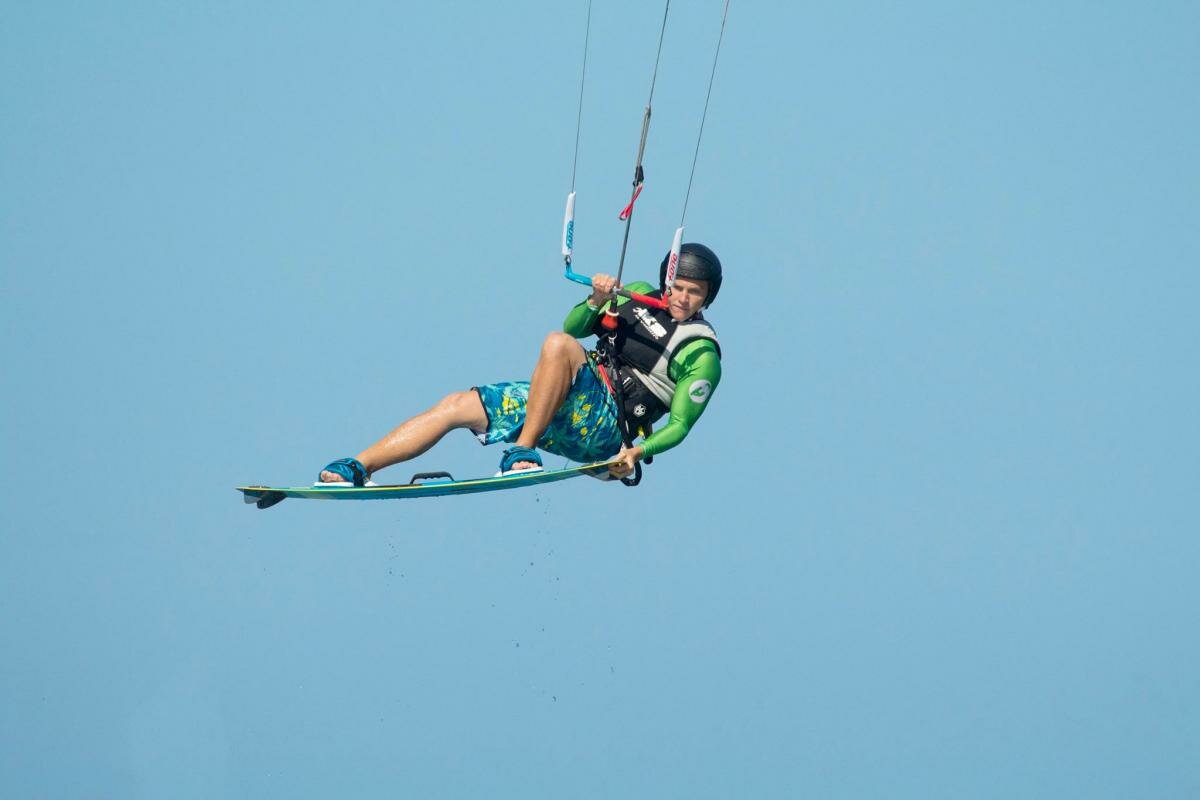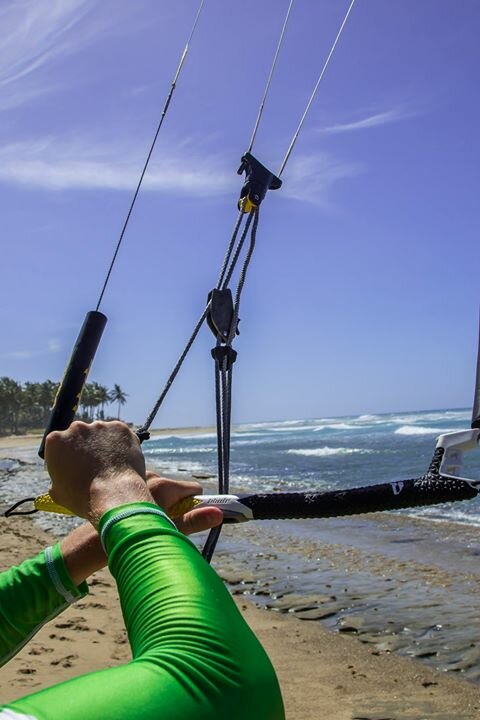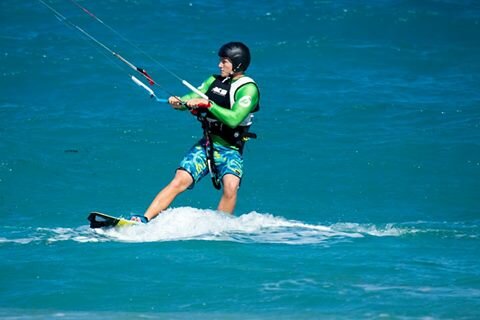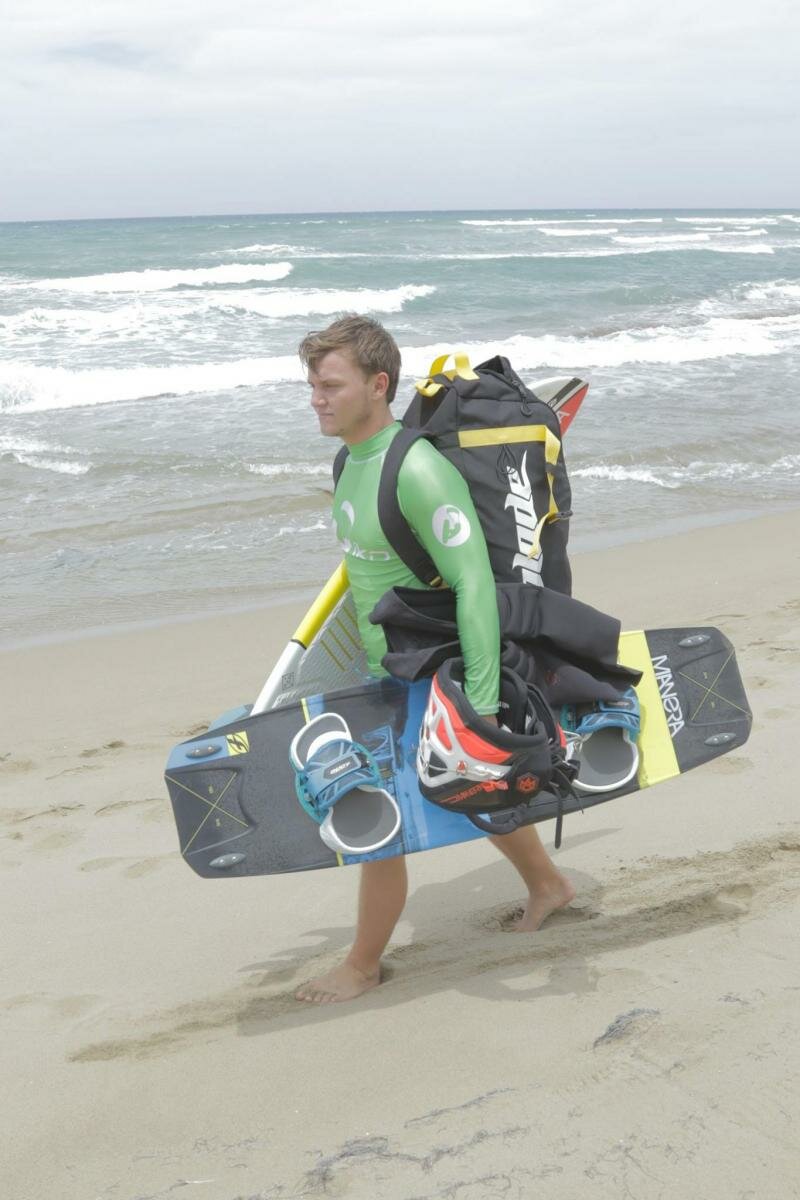Try the new IKO website at https://beta.ikointl.com/

Kite Tips of April
27 Apr 2017
What is the Wind Range of My Kite?

That is the crucial question at the time of buy a kite… We all know that a specific size will not always have the same wind range depending on its design shape. So what is the actual wind range of a kite? Manufacturers always include references, sometimes with rider's’ weight; if not, most of the time it is calculated with an average male rider’s weight of about 75 kg (165 lbs.). You are lighter? Start riding in lighter wind than the one indicated in these references and stop before you reach the given limit. You are heavier? Do the opposite. Also take into consideration the board you are using. Using a hydrofoil, surf board or twin tip with the same kite will considerably extend its wind range. It also depends on your flying skills, the more experience you have, the wider will be the wind range. Finally, make your own assessment: each time you exit the water because you are over/underpowered, check your wind meter and remember it for the next session!
How to Ride in Light Winds

Many riders directly go out of the water as soon as they feel the wind is a bit lighter. Challenge yourself and stay in the water as long as possible. The greater rider you become, the less wind you need with the same equipment setup! It may take you out of big trouble in another session when wind conditions change very fast and you did not see it coming! Be sure the wind is onshore to keep it safe and stay very close to the shore as the wind may soon become too light to continue riding. It could also be a good time to practice a proper self-rescue. You are not sure how to do it or never actually learned it? Go for a quick refreshing lesson with your local IKO Affiliated Center! Safety first and light wind conditions is the good moment to practice it.
Kiteboarding Equipment Overview- What is the minimum I need to go kiting?

To be a rider ready to go in all the situations you will need:
-
2 Kites (with maximum 3 meters of differences) that best fit the wind condition of the spot you will ride the most!
-
1 bar with functioning safety systems that works on the 2 kites. If not then 1 bar per kite.
-
1 board according to the style I like the most!
-
1 harness with a handle at the back, a kite leash with quick release connected to the front part of the harness and a line cutter.
-
1 helmet.
-
1 impact vest if I can already go upwind, for beginner it shall be a buoyancy aid (50 Newton).
-
If the water is less than 25 degrees a wetsuit. And for very cold water location, booties; hood, and gloves.
-
A functioning pump.
-
The final step is a board bag big enough to fit all this equipment to start travelling!
Wearing a Kiteboarding Floatation Vest

A 50 Newton buoyancy aid is mandatory for all kiteboarding lesson until independent levels, then an impact vest is allowed for advanced and evolution level’s lessons. But once lessons are over, most of the riders do not wear anything anymore. With the evolution of equipment, Impact vests are very comfortable, if you have never tried one you shall give it a go. One day it may save your life to have an extra buoyancy around your body or it will definitely prevent a bad chest injury like a broken ribs when you crash hard on your latest trick your work on! Your body health is what keep you playing in the water, injuries will keep out for a long time and you will regret it afterwards. Think about it while everything is alright!
.png)

